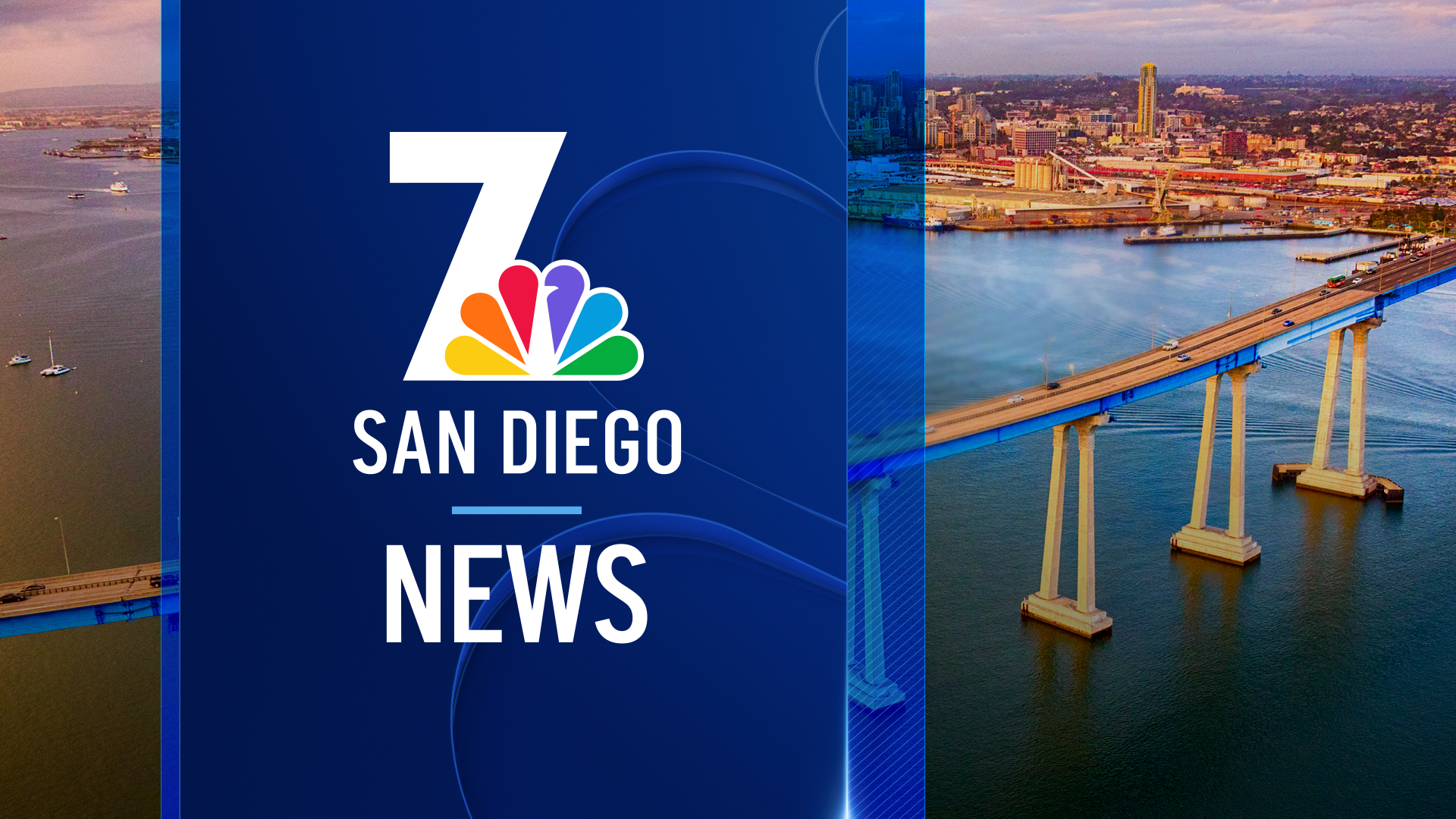Robot Ships To Scour Depths For Rogue Submarines
Gene Cubbison, NBC 7/39 Reporter
POSTED: 1:59 pm PDT September 19, 2008
UPDATED: 4:32 pm PDT September 19, 2008
SAN DIEGO -- While enemy submarines may "run silent, run deep," a day is soon coming when they'll be tracked by remote control, by way of small, high-speed Navy robo-craft under the guidance of sailors aboard large warships a safe distance away.
A first-generation Unmanned Surface Vessel (USV) is being put through its paces on San Diego Bay just offshore of Naval Base Point Loma, where top Pentagon officials, Navy brass, defense contractors and other dignitaries watch in amazement.
"We've had the perfect marriage of technology, innovation and leadership," says Deputy Asst. Navy Secy. Elizabeth Anne Sandel, who helped bring the USV program to readiness for sea trials.
"Let's take the men out of the loop, take them out of harm's way," Sandel said in an interview with NBC 7/39, "and do the anti-submarine warfare mission separate from the seaframe (warship)."
Bristling with a vast array of electronic, sonar and photographic gear, the USV isn't much bigger than a large sportfishing vessel, weighing about two and a half tons and capable of operating for 24 straight hours at speeds of up to 35 knots.
Its technology is designed to track so-called "quiet" diesel-electric submarines at long-arms-length from its control ship, which lowers the vessel by crane into areas where advanced "intel" has detected the general presence of hostile submarines.
Once on station, the USV -- mainly engineered by San Diego-based SPAWAR -- provides precise coordinates to SH-60R choppers armed with torpedoes, to go in for the kill, if necessary.
The USV has an onboard sound system that features sirens and announcements that can be targeted toward surface craft as well, such as "Unidentified Vessel! Unidentified vessel! You are approaching a United States vessel operating in international waters!
"Your intentions are not understood! You are standing into danger, and may be subject to United States defensive measures! Request you alter course immediately to stay clear of me!"
"As you know, it's a cat-and-mouse game against the enemy," Rear Adm. James McManamon told NBC 7/39. "The real advantage here is, we have the ability to take that cutting-edge technology … and act very quickly."
Eventually, small remote-control drone helicopters being developed by Northrop-Grumman in San Diego will be outfitted with a variety of weapons to "prosecute" -- Navy jargon -- attacks on rogue subs.
According to Vice Adm. Barry McCullough, the robo-boats will be especially helpful to Naval forces in the Arabian Gulf, Northeastern Pacific, and waters around the Horn of Africa.
The first USV system was developed for about $45 million.
Assuming successful sea trials and other certifications, the Pentagon program calls for deploying as many as 32 within the next three years.

Comment